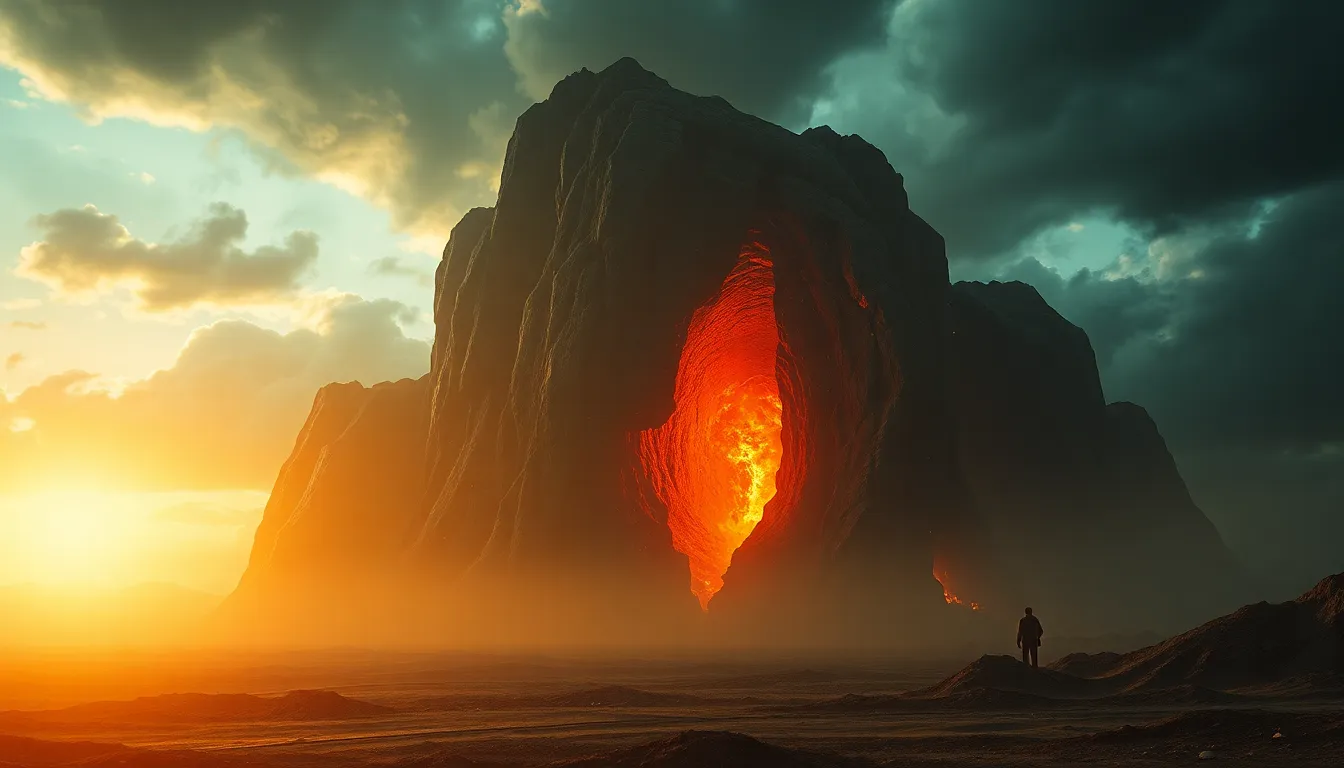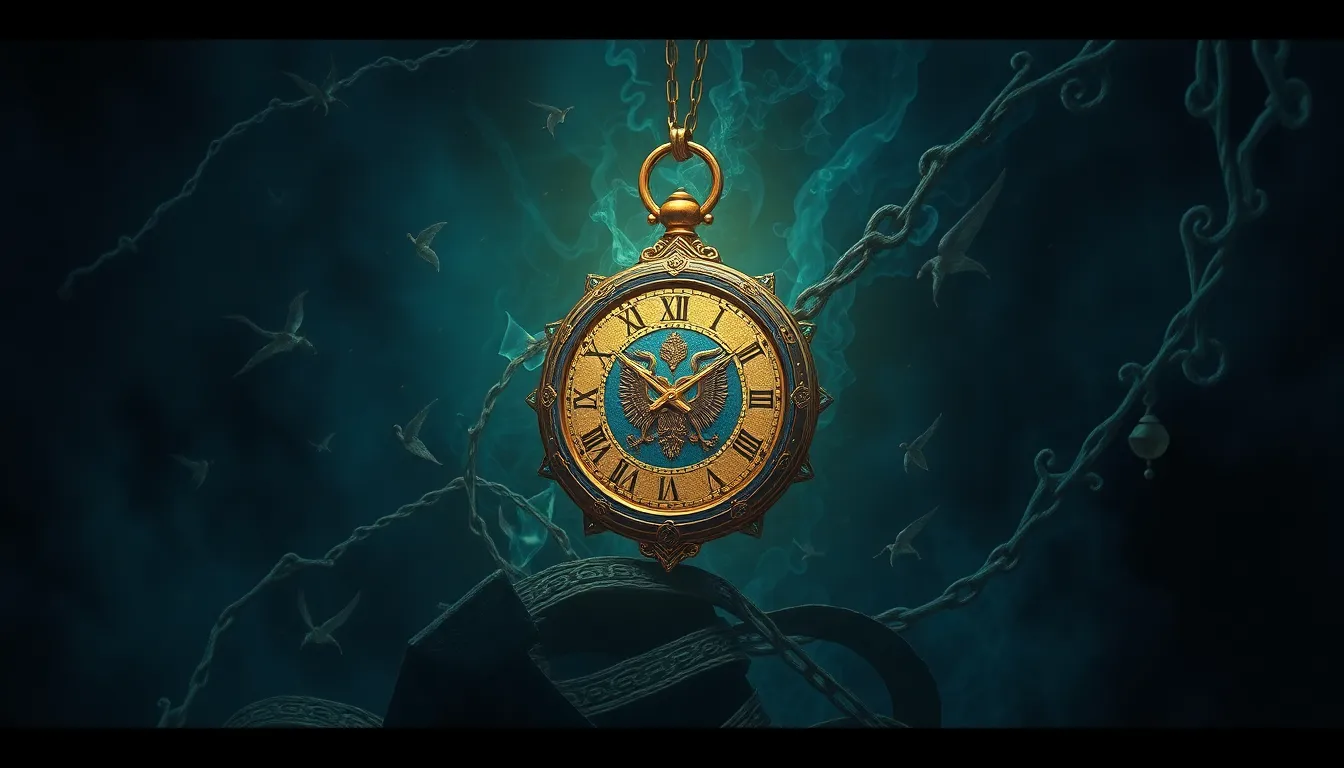Doomsday Scenarios: The Myths That Never Die
I. Introduction
Doomsday scenarios refer to predictions or beliefs about catastrophic events that could lead to the end of civilization or significant societal collapse. These predictions have been part of human culture for centuries, often emerging in times of crisis or uncertainty. Historical context shows that doomsday predictions have evolved and changed, reflecting societal fears and values.
The purpose of this article is to analyze the persistent myths surrounding doomsday scenarios, examining their origins, historical significance, psychological underpinnings, and their impact on society. By understanding these myths, we can better navigate the complexities of modern fears and challenges.
II. The Origins of Doomsday Myths
Doomsday myths have deep roots in various religious and cultural traditions. Many religions include apocalyptic narratives that describe the end of the world and the final judgment. These stories often serve to explain human suffering and provide moral lessons.
The role of folklore and prophecy has been significant in shaping doomsday beliefs. Folklore often includes tales of impending doom, while prophecies from religious texts or charismatic leaders have historically captured the imagination of the masses.
Furthermore, historical events such as wars, plagues, and natural disasters have influenced doomsday beliefs, embedding them in the collective consciousness. For instance, the Black Death in the 14th century led to a surge in apocalyptic thinking across Europe.
III. Major Doomsday Predictions Throughout History
Throughout history, several doomsday predictions have gained prominence:
- The Millennium Bug (Y2K): As the year 2000 approached, fears arose that computer systems would fail due to the way dates were programmed. Many believed this could lead to chaos, yet when the clock struck midnight, life continued as usual.
- The Mayan Calendar and 2012: The Mayan calendar was misinterpreted to suggest that December 21, 2012, would mark the end of the world. This prediction captivated many, leading to widespread speculation, but the date passed without incident.
- Predictions from Nostradamus and other seers: Nostradamus, a French astrologer, is famous for his cryptic prophecies. Over the centuries, many have claimed to interpret his writings as forecasts of doom, although most interpretations are highly subjective.
IV. The Psychology Behind Doomsday Beliefs
The psychology of doomsday beliefs is complex, rooted in human fear and anxiety, especially during uncertain times. People often seek explanations for their fears, leading them to embrace doomsday scenarios as a way to make sense of chaos.
Cognitive biases, such as confirmation bias and availability heuristic, also play a role. Individuals may selectively gather information that supports their doomsday beliefs while ignoring contradictory evidence. This can create a feedback loop that reinforces their fears.
Moreover, the allure of conspiracy theories can enhance doomsday thinking. In a world where information can be overwhelming, conspiracy theories offer simple explanations for complex problems, appealing to those seeking certainty.
V. Modern Doomsday Scenarios
In contemporary society, new doomsday scenarios have emerged, often reflecting current global challenges:
- Climate change and environmental collapse: Many believe that climate change could lead to catastrophic weather events, rising sea levels, and loss of biodiversity, raising fears about the future of the planet.
- Technological threats: AI and nuclear warfare: The rise of artificial intelligence and the potential for nuclear conflict have led to fears of a dystopian future where technology could spiral out of control.
- Pandemics and global health crises: The COVID-19 pandemic highlighted the vulnerability of global health systems, leading to widespread fear of future pandemics and their potential consequences.
VI. The Role of Media in Propagating Doomsday Myths
Media plays a significant role in the propagation of doomsday myths. Sensationalism and clickbait culture often prioritize dramatic narratives over factual reporting, which can amplify fears and misconceptions.
Documentaries and films also shape public perception. Many popular media portray apocalyptic scenarios that captivate audiences, sometimes blurring the line between fiction and reality.
Social media further exacerbates the spread of misinformation. The rapid sharing of unverified information can create panic and reinforce doomsday beliefs, often without a foundation in fact.
VII. The Cultural Significance of Doomsday Myths
Doomsday myths reflect societal fears and values, often serving as a mirror to the anxieties of a given era. They can reveal what people prioritize, such as environmental issues, technological advancements, or geopolitical tensions.
These myths have also influenced literature, art, and entertainment. Many works of fiction explore apocalyptic themes, engaging audiences with questions about morality, survival, and humanity’s future.
Additionally, doomsday myths can shape political discourse, influencing policies and public opinion. Politicians may leverage these fears for electoral gain or to justify certain actions, highlighting the myths’ pervasive impact.
VIII. Debunking Common Doomsday Myths
It is essential to debunk common doomsday myths to foster a more informed society:
- Scientific perspectives on popular predictions: Many predictions lack scientific basis, and experts often provide evidence to counter these beliefs. For instance, climate models can predict trends, but they do not support imminent doom.
- Historical inaccuracies and their corrections: Many past predictions have been proven wrong, illustrating the need for skepticism. Learning from historical inaccuracies can help prevent society from falling into the same traps.
- The importance of critical thinking and skepticism: Encouraging critical thinking can empower individuals to question doomsday narratives and seek evidence-based information rather than succumbing to fear.
IX. Preparing for the Future: Beyond Myths
As we navigate the complexities of modern challenges, it is crucial to focus on realistic approaches rather than succumbing to myths:
- Realistic approaches to global challenges: Addressing issues like climate change or public health requires practical solutions, collaboration, and informed policy-making.
- The role of community and resilience: Building resilient communities can help individuals and societies adapt to change and overcome challenges, reducing fears of impending doom.
- Encouraging proactive rather than reactive mindsets: Shifting the focus from fear-based responses to proactive solutions can empower individuals to take charge of their futures.
X. Conclusion
In summary, doomsday scenarios have deep historical and cultural roots, shaped by religious beliefs, psychological factors, and media narratives. While these myths can reflect societal fears, they often lack scientific basis and can lead to anxiety and misinformation.
The enduring nature of doomsday myths highlights the need for informed dialogue and understanding. By fostering critical thinking and embracing realistic approaches to global challenges, we can move beyond fear and prepare for a future that embraces resilience and cooperation.



